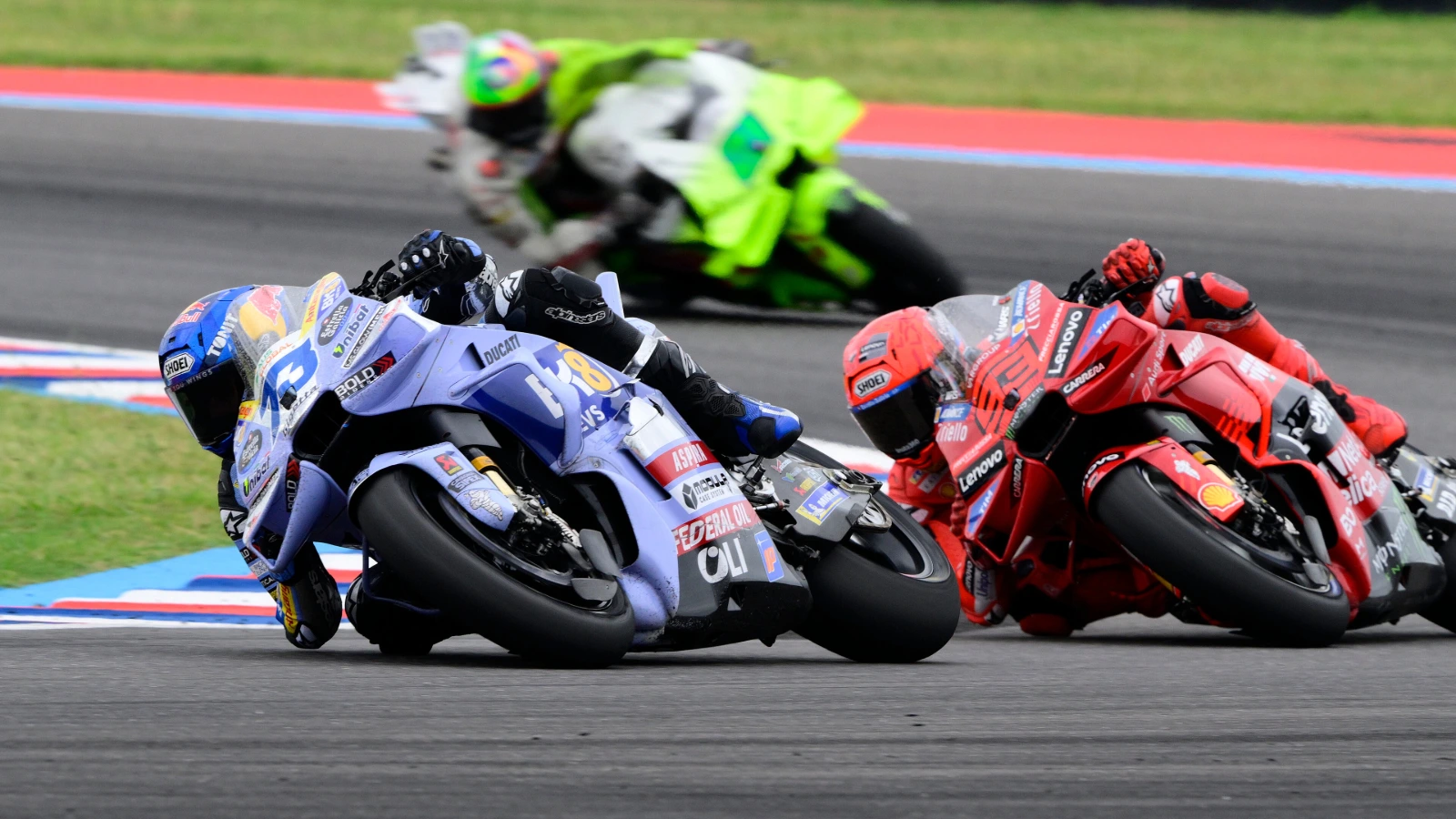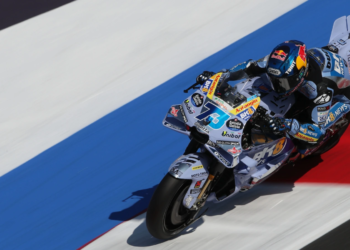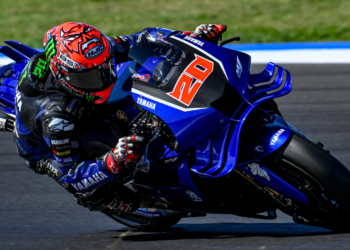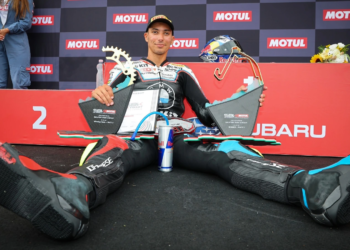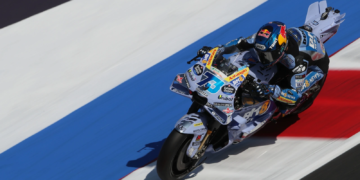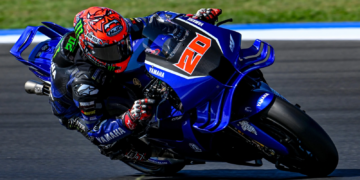Value betting in MotoGP is a strategic blend of data analysis, understanding race conditions, and selecting the right platform to place bets.
Analysing practice sessions, qualifying times, or final race results can reveal value opportunities when the odds fail to reflect a rider’s true potential. Smart punting also depends on the backbone. It depends on a well-vetted bookmaker offering fair odds, transparency, and solid features.
The foundation: Expert-vetted platforms
Finding value in MotoGP betting involves tracking performance trends while also placing wagers through platforms that have been thoroughly vetted for quality. The review by betting.co.uk ranks operators like BetMGM UK and Betano highly for their licensing compliance, consistently competitive odds, reliable payout systems, and dynamic live betting features. Those are some of the core criteria that betting experts emphasize when evaluating the best UK bookmakers.
These evaluations consider critical factors such as whether a bookmaker meets UK licensing requirements, how their odds compare to market competitors, and the quality of their customer support and app usability. Bookmakers who fail in these areas quickly fall behind in user trust and market share.
Why value betting works in MotoGP
MotoGP’s structure, with its distinct practice, qualifying, and race sessions, often reveals opportunities that traditional sports bettors might overlook. As reported by an arXiv analysis on predictive sports modelling, titled ‘’A Systematic Review of Machine Learning in Sports Betting: Techniques, Challenges, and Future Directions’’, machine learning tools can uncover inefficiencies in the betting market by using variables such as lap time consistency, bike setups, and rider performance under specific weather conditions.

Bettors don’t need advanced algorithms to succeed and understanding how these variables affect odds can offer a critical edge. Value betting thrives in moments where a rider’s potential has not yet been fully priced into the market.
Wagering discipline in MotoGP’s 2025 season
Value betting should never be confused with reckless gambling. It requires measured stakes, thorough research, and disciplined bankroll control. Those are principles that hold equally true on the track.
Take, for example, the Czech Grand Prix in Brno in July 2025, where Francesco Bagnaia achieved his first pole of the season thanks to a precise mid-session bike improvement that few anticipants accounted for.
Bettors who recognized this overlooked performance during practice and qualifying could have found exceptional value, yet only those managing their funds wisely would stake appropriately on that insight.
Another example emerged at the German Grand Prix sprint at Sachsenring the week before, where wet conditions led to a dramatic last-lap comeback by Marc Marquez. Punters who anticipated a cautious start under rain and wagered on Marquez when odds briefly undervalued his wet-weather prowess stood to gain.
These scenarios underscore that in MotoGP, risk management is practical. Spotting an edge is only half the battle. The other half lies in evaluating how much to wager, when to hold back, and how to preserve capital through the unpredictable ebbs and flows of a Grand Prix weekend.
Timing and track familiarity
Timing is everything in MotoGP, and that includes betting decisions. A rider who performs better in high-altitude circuits or under wet conditions may be undervalued in early markets. Some punters wait until after qualifying to reassess the starting grid and team conditions before making a wager.
This can be especially effective during back-to-back races or on circuits where track familiarity plays a bigger role. As mentioned by seasoned betting analysts, some of the best opportunities arise during race weekends where mechanical issues in practice distort public perception of a rider’s true competitiveness.

